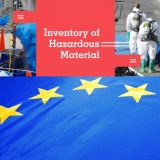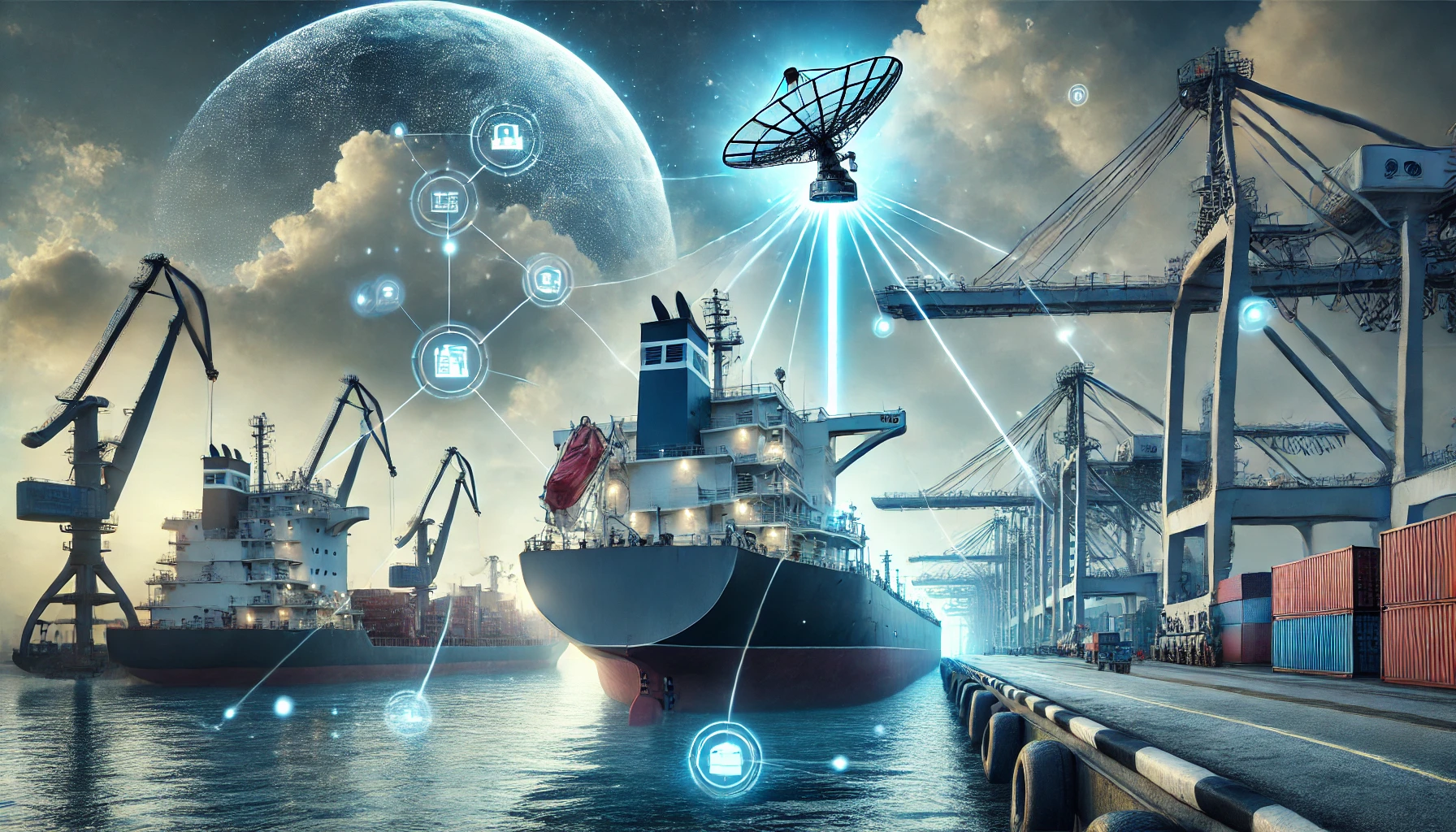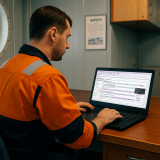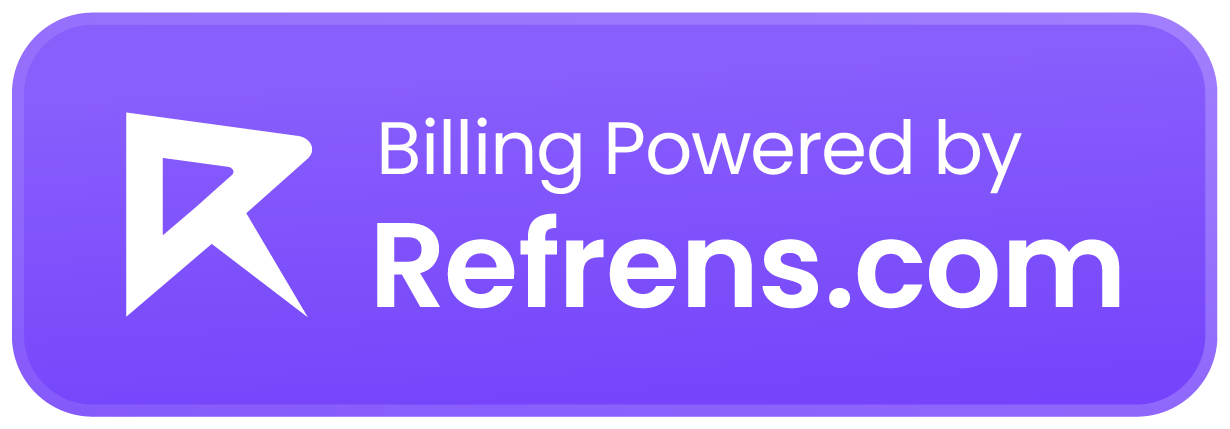Jul 21, 2020 (AmericaNewsHour) — Kenneth Research has published a detailed report on Autonomous Ships Market which has been categorized by market size, growth indicators and encompasses detailed market analysis on macro trends and region-wise growth in North America, Latin America, Europe, Asia-Pacific and Middle East & Africa region. The report also includes the challenges that are affecting the growth of the industry and offers strategic evaluation that is required to boost the growth of the market over the period of 2020-2025.
Industry Insights
The report covers the forecast and analysis of the Autonomous Ships Market on a global and regional level. The study provides historical data from 2015 to 2019 along with a forecast from 2020 to 2025 based on revenue (USD Billion). The study includes drivers and restraints of the Autonomous Ships Market along with the impact they have on the demand over the forecast period. Additionally, the report includes the study of opportunities available in the Autonomous Ships Market on a global level.
we have included a competitive landscape and an analysis of Porter’s Five Forces model for the market. The study encompasses a market attractiveness analysis, wherein all the segments are benchmarked based on their market size, growth rate, and general attractiveness.
Click Here to Download Sample Report >> https://www.kennethresearch.com/sample-request-10305395
Summary
Next generation modular control systems and communications technology will enable wireless monitoring and control functions both on and off board. These will include advanced decision support systems to provide a capability to operate ships remotely under semi or fully autonomous control.
The report forecast global Autonomous Ships market to grow to reach xxx Million USD in 2020 with a CAGR of xx% during the period 2020-2025.
The report offers detailed coverage of Autonomous Ships industry and main market trends. The market research includes historical and forecast market data, demand, application details, price trends, and company shares of the leading Autonomous Ships by geography. The report splits the market size, by volume and value, on the basis of application type and geography.
First, this report covers the present status and the future prospects of the global Autonomous Ships market for 2015-2025.
And in this report, we analyze global market from 5 geographies: Asia-Pacific[China, Southeast Asia, India, Japan, Korea, Western Asia], Europe[Germany, UK, France, Italy, Russia, Spain, Netherlands, Turkey, Switzerland], North America[United States, Canada, Mexico], Middle East & Africa[GCC, North Africa, South Africa], South America[Brazil, Argentina, Columbia, Chile, Peru].
At the same time, we classify Autonomous Ships according to the type, application by geography. More importantly, the report includes major countries market based on the type and application.
Finally, the report provides detailed profile and data information analysis of leading Autonomous Ships company.
By Region
**Asia-Pacific[China, Southeast Asia, India, Japan, Korea, Western Asia]
**Europe[Germany, UK, France, Italy, Russia, Spain, Netherlands, Turkey, Switzerland]
**North America[United States, Canada, Mexico]
**Middle East & Africa[GCC, North Africa, South Africa]
**South America[Brazil, Argentina, Columbia, Chile, Peru]
Key Companies
*Kongsberg
*Rolls-Royce
*ASV
*DARPA
*NYK Line
*Mitsui O.S.K. Lines
*HNA Group
Market by Type
*Maritime Autonomous Ships
*Small Autonomous Ships
Market by Application
*Commercial & Scientific
*Military & Security
The report covers the forecast and analysis of the Autonomous Ships Market on a global and regional level. The study provides historical data from 2015 to 2019 along with a forecast from 2020-2025 based on revenue (USD Million). In 2018, the worldwide GDP stood at USD 84,740.3 Billion as compared to the GDP of USD 80,144.5 Billion in 2017, marked a growth of 5.73% in 2018 over previous year according to the data quoted by International Monetary Fund. This is likely to impel the growth of Autonomous Ships Market over the period 2020-2025.
Request For Full Report >> https://www.kennethresearch.com/sample-request-10305395
Competitive Analysis:
The Autonomous Ships Market report examines competitive scenario by analyzing key players in the market. The company profiling of leading market players is included in this report with Porter’s five forces analysis and Value Chain analysis. Further, the strategies exercised by the companies for expansion of business through mergers, acquisitions, and other business development measures are discussed in the report. The financial parameters which are assessed include the sales, profits and the overall revenue generated by the key players of Market.
Key points covered in this report:
*The historical and current data is provided in the report based on which the future projections are made and the industry analysis is performed.
*The import and export details along with consumption value and production capability of every region is mentioned in the report.
*Porter’s five forces analysis, value chain analysis, SWOT analysis are some additional important parameters used for the analysis of market growth.
*The report provides the clients with the facts and figures about the market on the basis of evaluation of the industry through primary and secondary research methodologies.
ANSWERED TO THE FREQUENTLY ASKED QUESTIONS :
WHAT IS THE SCOPE OF THE REPORT?
This market study covers the global and regional market with an in-depth analysis of the overall growth prospects in the market. Furthermore, it sheds light on the comprehensive competitive landscape of the global market. The report further offers a dashboard overview of leading companies encompassing their successful marketing strategies, market contribution, recent developments in both historic and present contexts.
WHAT ARE THE KEY SEGMENTS IN THE MARKET?
*By product type
*By End User/Applications
*By Technology
*By Region
WHICH MARKET DYNAMICS AFFECTS THE BUSINESS?
The report provides a detailed evaluation of the market by highlighting information on different aspects which include drivers, restraints, opportunities, and threats. This information can help stakeholders to make appropriate decisions before investing.
Key Topic Covered in this Report
*Market Growth Opportunities
*Leading Market Players
*Market Size and Growth Rate
*Market Growth Drivers
*Company Market Share
*Market Trends and Technological
The Autonomous Ships Market report highlight the economy, past and emerging trend of industry, and availability of basic resources. Furthermore, the market report explains development trend, analysis of upstream raw materials, downstream demand, and current market dynamics is also carried out. In the end, the report makes some important proposals for a new project of Autonomous Ships Market before evaluating its possibility.
Table of Contents
Part 1 Market Overview
1.1 Market Definition
1.2 Market Development
1.3 By Type
Table Type of Autonomous Ships
Figure Global Autonomous Ships Market Share by Type in 2020
1.4 By Application
Table Application of Autonomous Ships
Figure Global Autonomous Ships Market Share by Application in 2020
1.5 Region Overview
Table Region of Autonomous Ships
Figure Global Autonomous Ships Market Share by Region in 2020
Part 2 Global Market Status and Future Forecast
2.1 Global Market by Region
Table Global Autonomous Ships Market by Region, 2015-2019 (Million USD)
Figure Global Autonomous Ships Market Share by Region in 2020 (Million USD)
Table Price List by Region, 2015-2019
2.2 Global Market by Company
Table Global Autonomous Ships Market by Company, 2015-2019 (Million USD)
Figure Global Autonomous Ships Market Share by Company in 2020 (Million USD)
Table Price List by Company, 2015-2019
2.3 Global Market by Type
Table Global Autonomous Ships Market by Type, 2015-2019 (Million USD)
Figure Global Autonomous Ships Market Share by Type in 2020 (Million USD)
Table Price List by Type, 2015-2019
2.4 Global Market by Application
Table Global Autonomous Ships Market by Application, 2015-2019 (Million USD)
Figure Global Autonomous Ships Market Share by Application in 2020 (Million USD)
Table Price List by Application, 2015-2019
2.5 Global Market by Forecast
Figure Global Autonomous Ships Market Forecast, 2020-2024 (Million USD)
Part 3 Asia-Pacific Market Status and Future Forecast
3.1 Asia-Pacific Market by Company
Table Asia-Pacific Autonomous Ships Market by Company, 2015-2019 (Million USD)
Figure Asia-Pacific Autonomous Ships Market Share by Company in 2020 (Million USD)
Table Price List by Company, 2015-2019
3.2 Asia-Pacific Market by Type
Table Asia-Pacific Autonomous Ships Market by Type, 2015-2019 (Million USD)
Figure Asia-Pacific Autonomous Ships Market Share by Type in 2020 (Million USD)
Table Price List by Type, 2015-2019
About Kenneth Research:
Kenneth Research is a reselling agency which focuses on multi-client market research database. The primary goal of the agency is to help industry professionals including various individuals and organizations gain an extra edge of competitiveness and help them identify the market trends and scope. The quality reports provided by the agency aims to make decision making easier for industry professionals and take firm decisions which helps them to form strategies after complete assessment of the market. Some of the industries under focus include healthcare & pharmaceuticals, ICT & Telecom, automotive and transportation, energy and power, chemicals, FMCG, food and beverages, aerospace and defense and others. Kenneth Research also focuses on strategic business consultancy services and offers a single platform for the best industry market research reports.
Source: marketwatch





